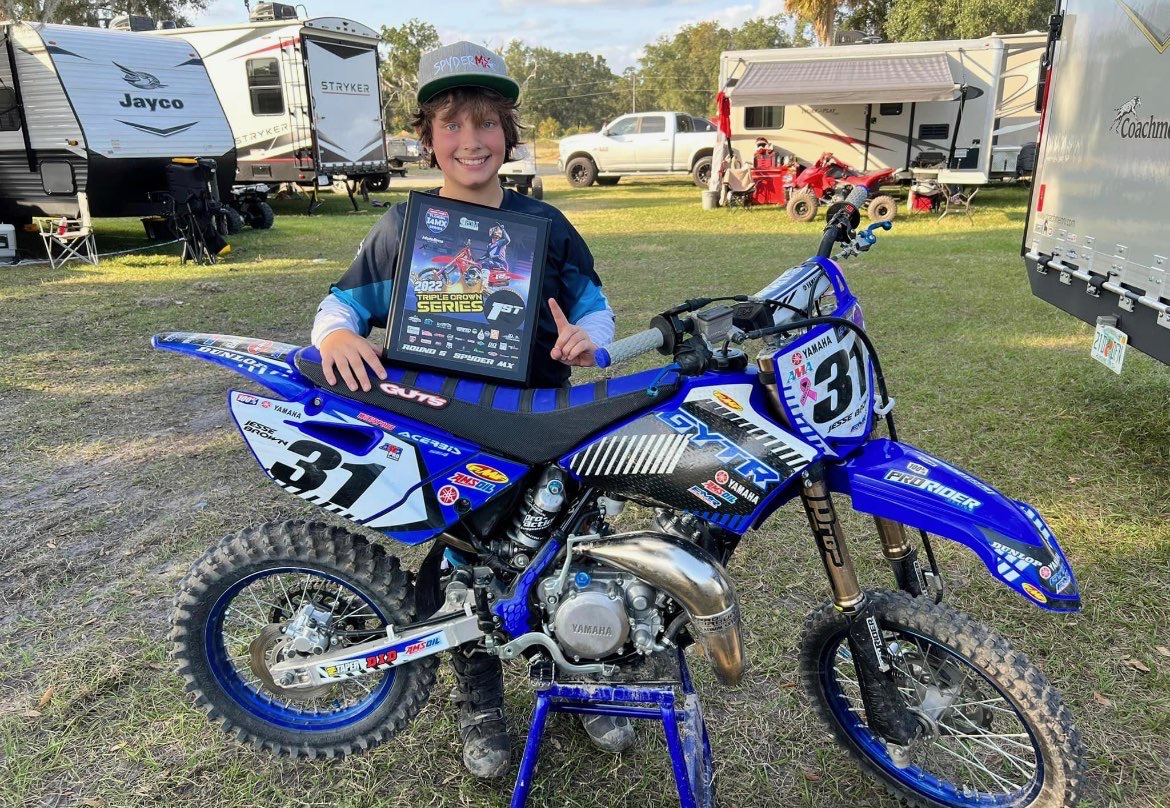If you have been to the beach in South Florida recently, you may have noticed massive amounts of smelly Sargassum seaweed along the coast.
A new study from Florida Atlantic University uncovered how this seaweed can interact with plastic debris in the ocean and deadly Vibrio bacteria to create the perfect “pathogen storm" for beachgoers.
But what exactly are Vibrio bacteria and how — when combined with Sargassum and plastic debris — could it affect your health?
Here's what you need to know about how the interplay between this seaweed, plastic and bacteria could have a serious impact on both marine life and public health:
Get Tri-state area news and weather forecasts to your inbox. Sign up for NBC New York newsletters.
What is Vibrio bacteria?
Vibrio bacteria are found in waters around the world and are actually the main cause of death in humans from the marine environment.
Vibrio vulnificus is a flesh-eating bacteria that can cause life-threatening illness from seafood consumption, as well as contact to open wounds.
Because the rare, naturally-occurring bacteria thrive in warm brackish seawater, according to the Florida Health Department, people with open wounds can easily become exposed through direct contact.
Florida saw an increase in Vibrio cases throughout 2022, driven largely by a surge in the county hit hardest by Hurricane Ian.
Shortly after the hurricane struck Lee County, health officials warned that the post-hurricane environment — including warm, standing water — could pose a danger from the potentially deadly bacteria.
The bacteria also pose the threat of foodborne illness. In August 2022, a South Florida man died after exposure to Vibrio from eating a raw oyster at the Rustic Inn Crabhouse in Fort Lauderdale.
What is Sargassum seaweed?
Sargassum is a buoyant, brown — and often, smelly — algae found abundantly in the ocean.
When you see the seaweed close up, you'll notice leafy appendages, branches, and round, berry-like structures. According to the National Oceanic and Atmospheric Administration, these gas-filled “berries," called pneumatocysts, are filled mostly with oxygen.
Pneumatocysts add buoyancy to the seaweed, allowing it to float on the surface, often in large clusters or "blobs" that can sometimes stretch for miles across the ocean.
The large floating blobs of Sargassum can provide food, refuge, and breeding grounds for an array of animals such as fishes, sea turtles, marine birds, crabs, shrimp, and more, NOAA says. Some animals, like the Sargassum fish (in the frogfish family), live their whole lives only in this habitat.
When these clusters of Sargassum make their way to the shoreline, it can create an unpleasant experience for beachgoers.
Since 2011, the free-living populations of brown macroalga have rapidly expanded in the Sargasso Sea and other parts of the open ocean such as the Great Atlantic Sargassum Belt. This has resulted in frequent and unprecedented seaweed accumulation events on beaches.
What happens if Sargassum seaweed and Vibrio bacteria mix with plastic debris in the ocean?
Cultivation-based data from FAU shows that beached Sargassum appears to harbor high amounts of Vibrio bacteria.
Although little is known about the ecological relationship between Vibrio and Sargassum, researchers have discovered that Vibrio pathogens have the unique ability to “stick” to microplastics.
Essentially this means that the flesh-eating Vibrio bacteria is colonizing plastic debris in the warm ocean water.
“Plastic is a new element that’s been introduced into marine environments and has only been around for about 50 years,” said Tracy Mincer, Ph.D., corresponding lead author and an assistant professor of biology at FAU’s Harbor Branch Oceanographic Institute and Harriet L. Wilkes Honors College. “Our lab work showed that these Vibrio are extremely aggressive and can seek out and stick to plastic within minutes."
Researchers also discovered that “zot” genes, a secreted toxin that increases intestinal permeability, were some of the most highly retained and selected genes in the vibrios they found.
These vibrios appear to be causing "leaky gut syndrome" by getting in through the gut, getting stuck in the intestines, and infecting that way, according to FAU.
“For instance, if a fish eats a piece of plastic and gets infected by this Vibrio, which then results in a leaky gut and diarrhea, it’s going to release waste nutrients such nitrogen and phosphate that could stimulate Sargassum growth and other surrounding organisms," Mincer said.
Findings show some Vibrio in this environment have an ‘omnivorous’ lifestyle, targeting both plant and animal hosts.
This can be dangerous as humans continue to have increased interactions with Sargassum and plastic marine debris in the summer months.
“I don’t think at this point, anyone has really considered these microbes and their capability to cause infections,” said Mincer. “We really want to make the public aware of these associated risks. In particular, caution should be exercised regarding the harvest and processing of Sargassum biomass until the risks are explored more thoroughly.”



